A term used to describe a particular method of custom all-over print clothing that completely covers the item. The seams, hem, and other components of the garment, such as the zippers, which wouldn’t be present in ordinary and more prevalent types of garment printing methods, are some of the few places where it is possible to discern if the fabric was fully printed.
Any component that is not exposed to the ink, such as hems, will not be impacted by this type of print because the t-shirt is layered on a flat surface before being printed on top of it.
How to Make Custom All-Over-Print Shirts?
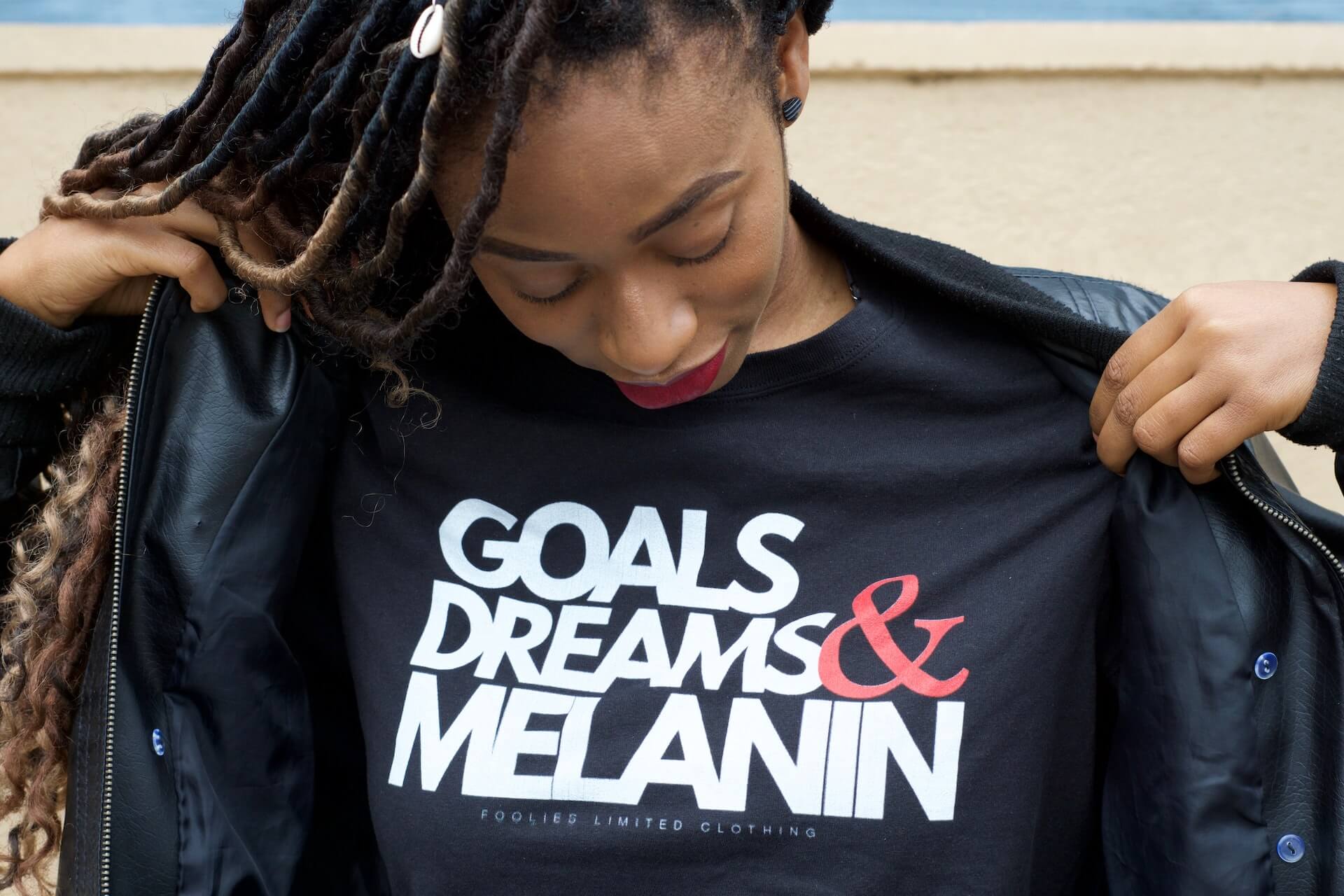
There is always a good reason to print your custom t-shirts, whether you want to advertise an intriguing new brand or want to dress your family members for Instagram photo opportunities at a family reunion. Yes, you undoubtedly have a sizable wardrobe of cozy, functional t-shirts. But why not create your own since there’s always room for more?
We’ll go over the ins and outs of printing a t-shirt in this guide with all-over printing services, including figuring out your quantity and budget, choosing a printing method, and picking the correct fabric. We’re here to help you start the process of printing your newest favorite t-shirt!

Custom T-shirt Printing Using Dye Sublimation All Over
Modern printing technology called dye sublimation creates unique all-over print t-shirts in vivid color with no hassle. Your all-over print shirt’s design is first printed on a piece of paper, and then it is transferred using a high-temperature heat press to the polyester shirt.
Once in a volatile condition, the ink particles combine with the t-shirt fibers to produce full-print t-shirts of the best quality with a soft-touch finish. The unlimited printing space elevates any artwork in addition to becoming more and more well-liked.
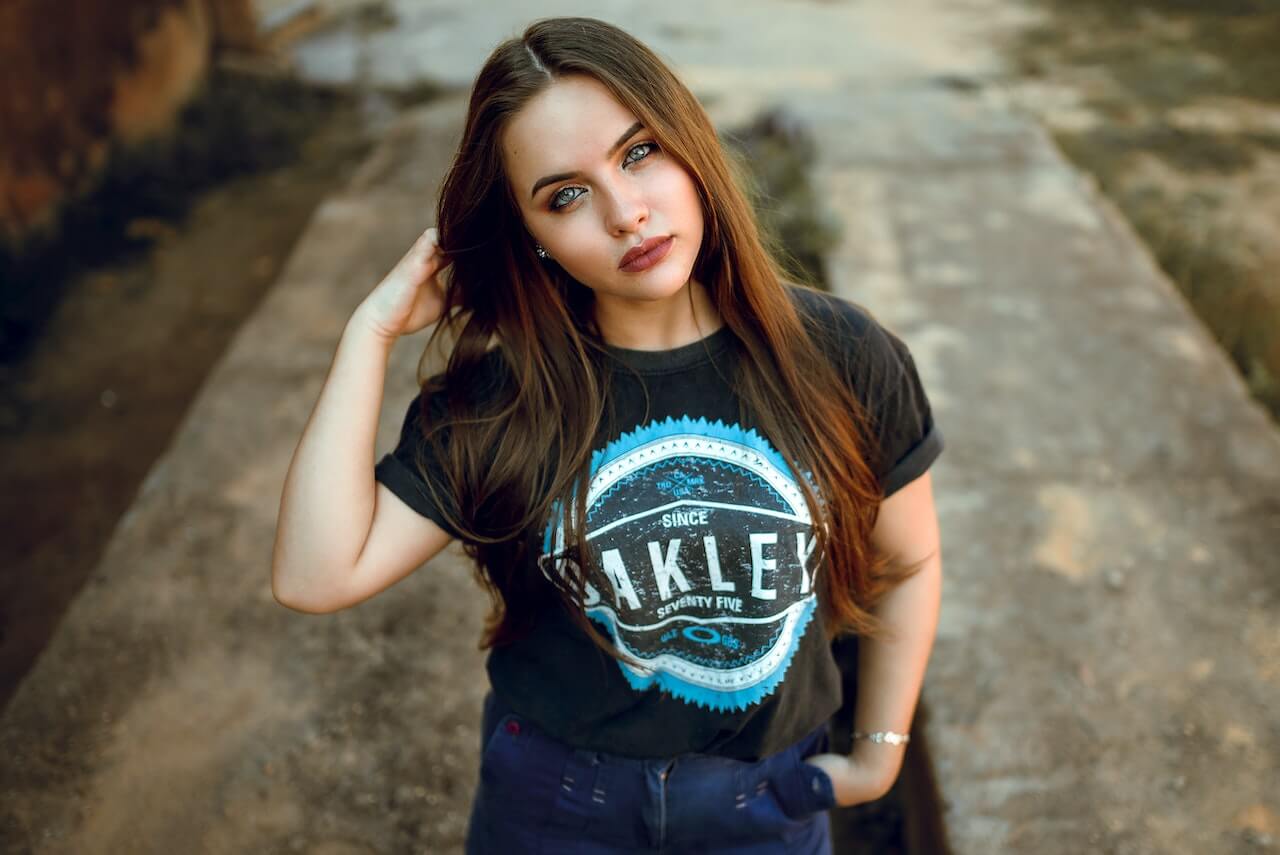
How Do You Print A Shirt All Over?
Use Artwork That Won’t Draw Attention To The Creases
We suggest using a patterned print with a busy or white background. This will make any creases on the full print shirt blend in with the artwork better if they do occur. To prevent the creases from standing out, use a white background to create a portion of the shirt the same shade as the wrinkles.
The “Starry Night” pattern in the images is a busy pattern that makes it possible for the wrinkles to appear to be an integral part of the artwork. It’s crucial to keep in mind that creases are a prevalent feature of printed shirts and clothes when all over design t-shirts.
Use Continuous Patterns That Cover The Entire Garment
As apparel versions of our well-liked step and repeat banners, custom all-over print shirts often contain logos or art patterns that cover the entire item. To create the most attractive all-over shirt design, utilize every inch of the area.
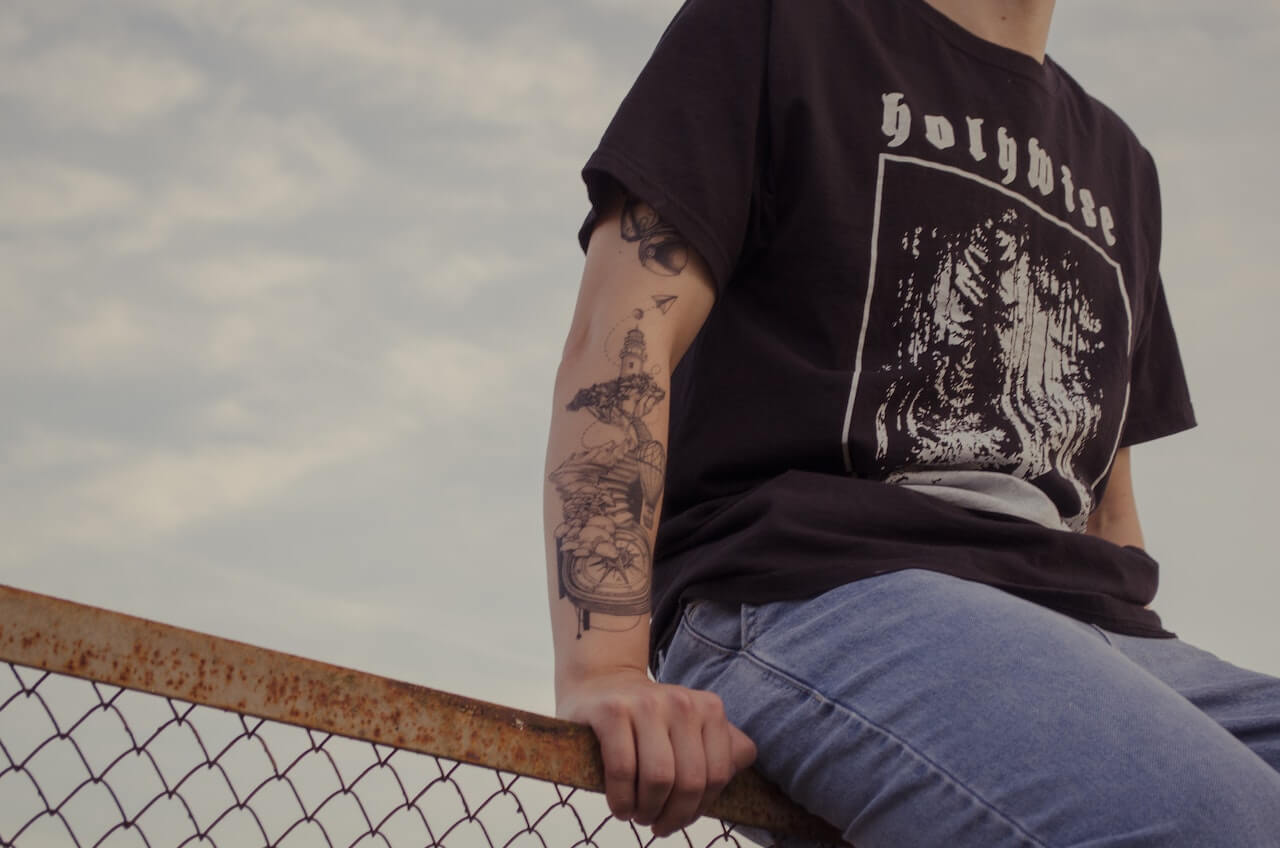
Check Out An Example Of Your Custom Full Print Shirts
You have the option of ordering one shirt as a sample because, unlike some of our rivals, we provide our personalized t-shirts with no minimum order quantity. Just order one to evaluate if you want to buy a bulk order but first want to check how to make custom shirts.
In the configurator for each of our items, there is a quantity option where you can choose from one to hundreds of printed shirts.
Avoid Positioning Crucial Design Components Close To The Collar Or Seams
When creating your artwork, be sure to take the collar and seams of the allover print tees. Important words in your print, like a company name, should not be placed close to the collar or seams because this could cause the text to appear twisted and make it difficult to read.
Think About How The pattern Will Appear In Various Sizes
Consider how to print the design on the shirt will seem on small and large shirts if you are ordering several t-shirts all over sizes printing. Try to have the artwork occupy a substantial portion of the shirt space when making small all-over print t-shirts so that it won’t appear shrunken on larger shirt sizes.
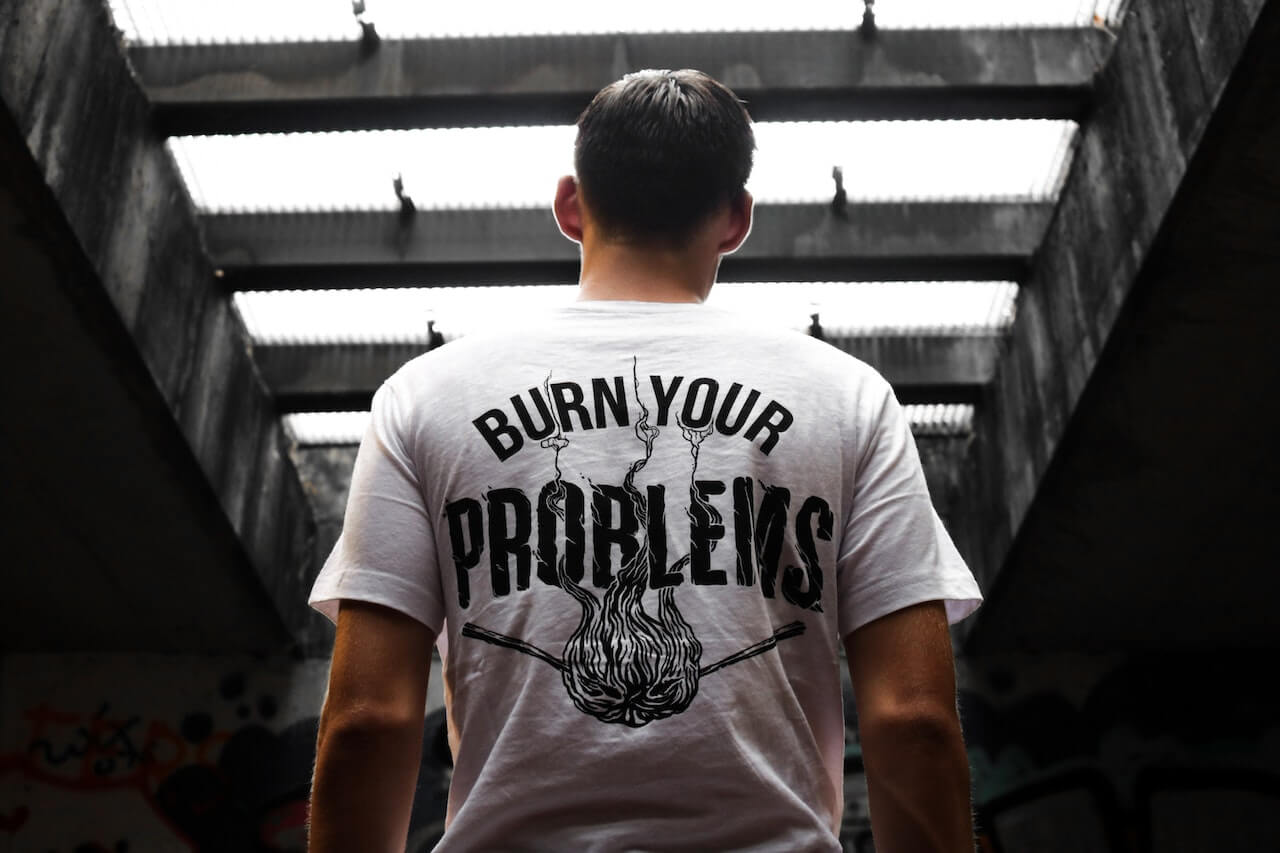
To avoid having critical text cut off on lesser sizes while designing a larger print a full t-shirt makes sure it doesn’t span the entire surface area.
Maintain A Consistent Brand
Make sure to coordinate the colors and designs with your brand marketing if you are producing these all-over print shirts for corporate events like charity giveaways, fundraising campaigns, or company activities.
Keeping your brand identification uniform and constant, as well as increasing client awareness and trust, may be achieved by coordinating colors and patterns. A great method to promote your business with a unified brand identity is to add your logo on promotional items like all-over custom t-shirt printing, custom totes, can coolers, and personalized mouse pads.

How Do You Make Your T-shirt Prints?
How to make an all-over print shirt? Compared to employing a professional printing firm, producing a t-shirt is far less expensive. Get ready to make your t-shirt print.
Design A Plan
Use design tools like Adobe Illustrator or Photoshop to create your artwork if you want to get amazing results.
Get The Shirt Ready
Mostly custom t-shirt manufacturers use only a shirt with a smooth, tightly woven weave that is safe to iron on. This will ensure that your design properly adheres to the t-shirt. The best course of action is to utilize a 100% cotton shirt before experimenting with other materials, and purchasing a used t-shirt from a thrift store is a fantastic way to save money.

Purchase The Proper Transfer Paper
Transfer paper is typically separated into light-colored fabrics and dark-colored fabrics. To ensure success, choose the appropriate transfer paper for your t-shirt.
Test Print
To begin, print a test page on plain paper to ensure that everything appears to be in order. The best print quality settings on the printer can also aid to enhance the general print quality.
Print The Design
It’s time to start printing now that you have a design, a suitable t-shirt, and the appropriate t-shirt transfer paper.
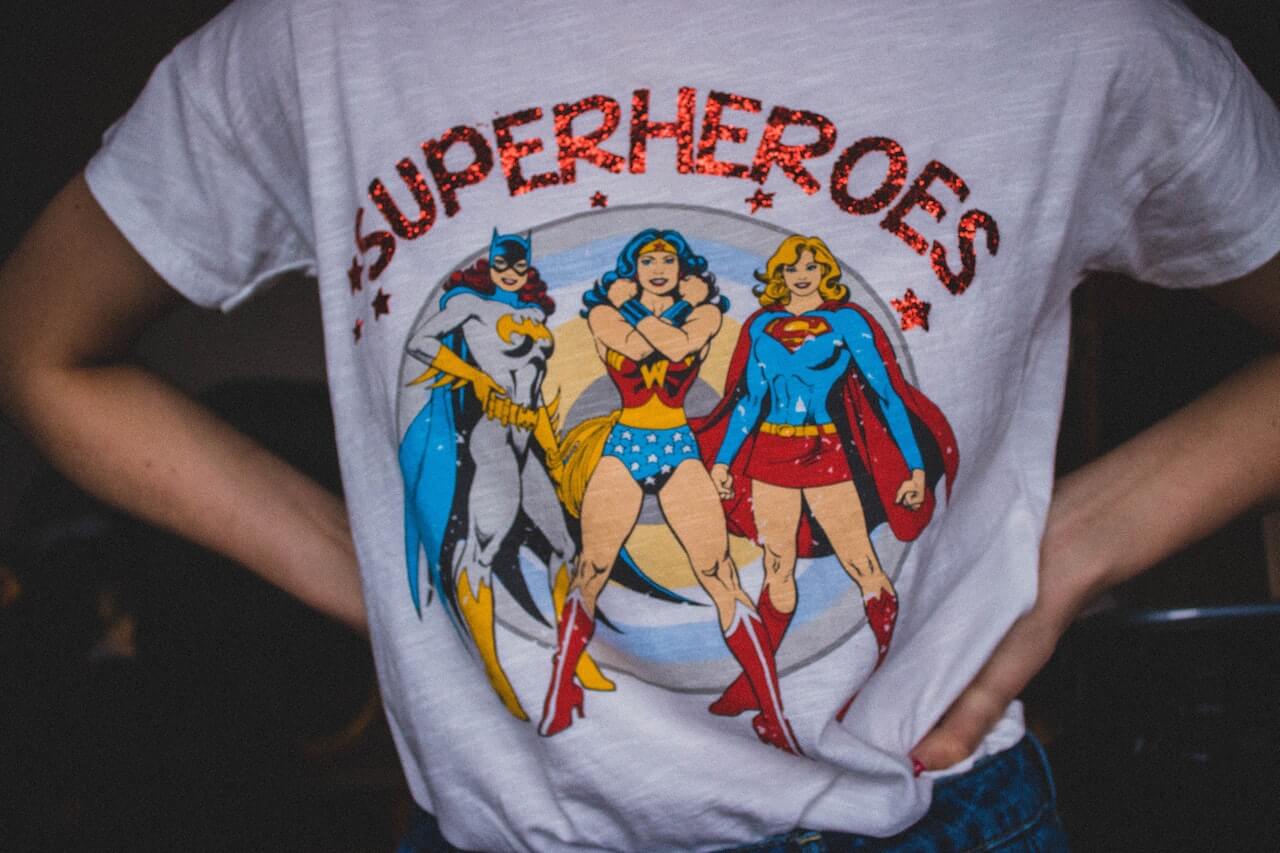
What Printer Is Used To Print Clothes?
You should be knowledgeable about the various full shirt printing procedures or approaches if you plan to launch your own custom t-shirt printing company. The type of t-shirt material, the volume of necessary production, the type of designs you want to print, the range of colors you would want to utilize, etc. all affect the sublimation vs screen printing technique that is best for you.
Screen Printing
The most widely used technology now is screen printing, which has been around since the 19th century. Ink is applied to the shirt by pushing it through a mesh screen stencil during screen printing. The ink needs to be heated to cure because it doesn’t penetrate the fabric.
DTG Printing
Ink is sprayed onto the shirt using a particular ink jet nozzle in DTG printing, a more recent technology, and soaks into the fabric. The main benefit of this technique is the simplicity and low cost with which you can produce intricate, vibrant designs.
Sublimation Printing Technique – Heat Transfer Printing
Using heat and pressure, the full printed design is transferred from transfer paper to fabric using this method. Printing with this method is only permitted on polyester or polyester-rich materials. Materials that resemble cotton or viscose, it is ineffective. The necessary graphic or text for the t-shirt is digitally produced on specialized heat transfer paper using sublimation ink.







